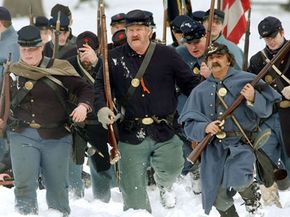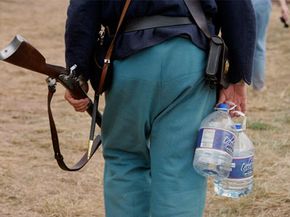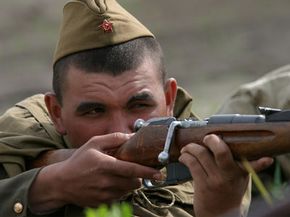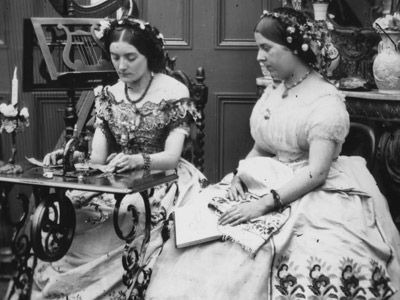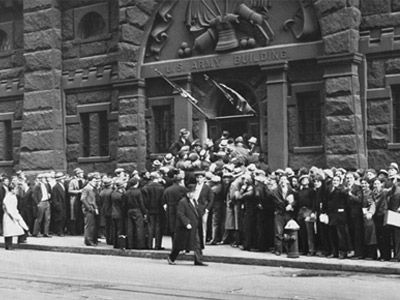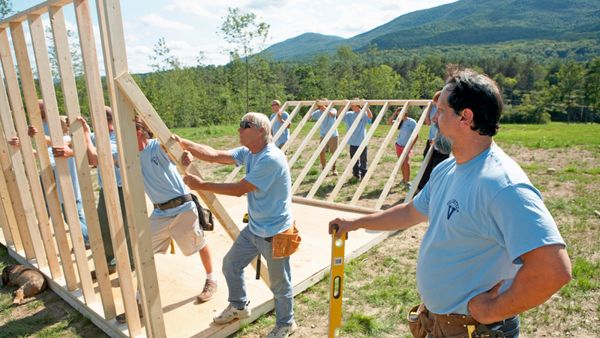For many people, there's nothing drier than a dense history book. There are alternative ways to get your history education. If you crave intrigue and a dash of melodrama, historical fiction can make the past come alive. While these stories may transport you to Elizabethan England or ancient Rome, they're still fiction, after all, and don't always provide authentic history lessons. So, many die-hard history-lovers volunteer in historical reenactments for an action-packed and enlightening experience.
Across the United States, Civil War battles rank among the most popular events to reenact -- they're often held on the original battlefields for true authenticity. But if you're more interested in other wars or time periods, don't despair. There are reenactment groups for almost any era that captures your interest, such as ancient Rome, the Middle Ages, the American Revolution or either of the World Wars.
Advertisement
In historical reenactments, people from all walks of life gather together, dressed head-to-toe in period clothing. Each reenactor has a specific role to play, so volunteers are expected to have extensive knowledge of the historical event as well as the time period in which it occurs. Each reenactment is a unique experience that allows participants to see through the eyes of a historical person and undergo all the hardships that go along with the times -- short of actually being killed in battle or catching typhoid.
A more specialized type of reenactment is living history, which requires reenactors to adopt specific historic personas and engage directly with the public to educate them about a certain period. These reenactors can make a modest living by working in museums or historic sites such as Plymouth, Mass., or Williamsburg, Va.
If you're thinking about volunteering in a historical reenactment, experienced reenactors will tell you that you shouldn't delve into this hobby without knowing what you're getting into. Too many curious volunteers have spent hundreds of dollars on costumes and equipment only to find out that the experience is more grueling than they bargained for. But if you've got the mettle and undying enthusiasm for history, we'll walk you through the basics of how to get involved.
Advertisement
